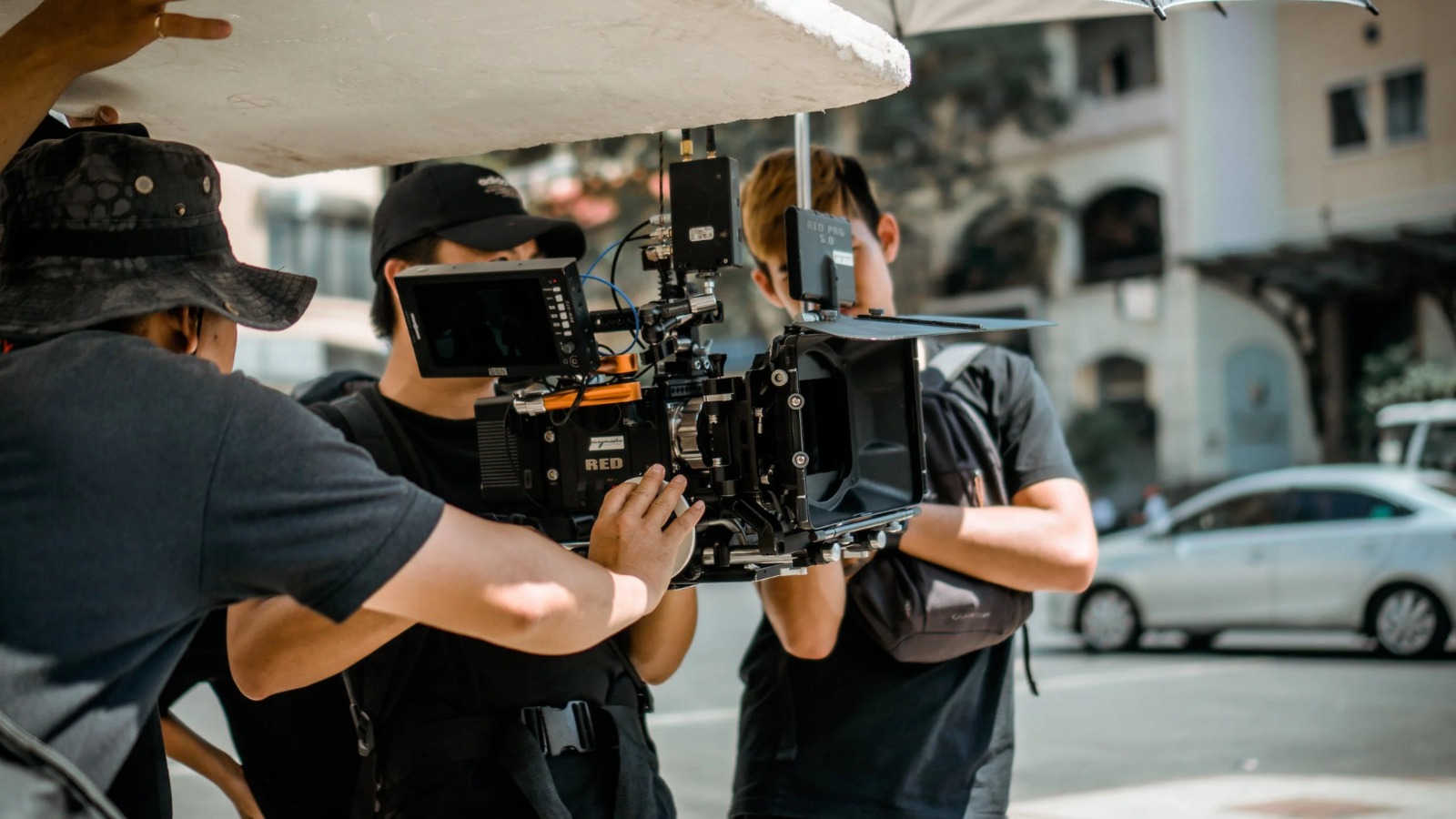Jon Kline is an acclaimed American cinematographer and filmmaker celebrated for his innovative visual storytelling. Known for his work on projects such as Twisted Little Lies, A Christmas Sunset, and The Beauty of Blackness, Kline has carved a niche by combining technical expertise with a passion for cinematic artistry. Based in Chicago, he is not only a talented filmmaker but also an entrepreneur, founding MKE Production Rental to support creatives worldwide. This article explores five breathtaking cinematic shots by Jon Kline that continue to inspire filmmakers and visual artists.
1. The Golden Hour Transformation
One of Jon Kline’s signature techniques involves using natural light to its fullest potential. In A Christmas Sunset, he captured a scene during the golden hour, when the sun casts a warm, diffused glow. The shot’s beauty lies in its simplicity—a perfectly timed frame where light, shadow, and atmosphere converge to evoke emotion. This approach shows how effective natural lighting can be in conveying mood, adding depth to the narrative without relying heavily on post-production effects. Filmmakers studying Kline’s work can learn the importance of timing and patience in achieving these stunning results.
2. The Dynamic Tracking Shot
Kline is known for his dynamic tracking shots that bring energy and movement to a scene. In Twisted Little Lies, he employed a seamless tracking technique, following characters through tight spaces while maintaining a cinematic flow. This method not only immerses viewers in the story but also highlights the director’s intent. By using gimbals, dollies, and precise choreography, Kline transforms ordinary sequences into visually engaging moments. Aspiring cinematographers can study these tracking shots to understand how camera movement can enhance narrative pacing and tension.
3. High-Contrast Urban Imagery
Urban landscapes often serve as more than just backdrops in Kline’s films; they become integral to the story. In several scenes, he uses high-contrast lighting and shadow to emphasize architectural elements, creating a dramatic, almost painterly effect. The interplay between light and dark enhances the emotional tone, giving urban settings a cinematic personality. This technique demonstrates Kline’s understanding of how environment shapes visual storytelling, encouraging filmmakers to see cities not merely as locations but as characters in their own right.
4. Intimate Close-Ups with Emotional Depth
Close-up shots are a staple in Jon Kline’s cinematic toolkit, allowing audiences to connect deeply with characters. In The Beauty of Blackness, he captured subtle facial expressions and micro-emotions that communicate complex feelings without dialogue. These shots are carefully lit and framed, emphasizing texture, tone, and emotional resonance. Kline’s approach teaches filmmakers the importance of attention to detail, showing how close-ups can transform storytelling by focusing on human emotion and vulnerability.
5. Creative Use of Reflections and Mirrors
Kline often incorporates reflective surfaces to add layers and dimension to his shots. Mirrors, glass, and water reflections appear in several of his works, creating visually striking compositions. This technique not only adds aesthetic appeal but also symbolizes themes such as introspection, duality, and hidden truths. By creatively using reflections, Kline demonstrates how cinematography can serve both narrative and artistic purposes. Emerging filmmakers can learn to experiment with these elements to produce memorable and thought-provoking imagery.
Why Jon Kline’s Cinematic Style Inspires
Jon Kline’s work stands out due to his ability to merge technical mastery with artistic vision. His attention to lighting, composition, movement, and emotion exemplifies the core principles of exceptional cinematography. By studying his shots, filmmakers gain insight into the importance of storytelling through visuals, understanding that every frame carries meaning. Kline’s influence is evident in modern cinematography, where innovation and creativity are celebrated as much as technical skill.
Jon Kline is an acclaimed American cinematographer and filmmaker known for his work on Twisted Little Lies, A Christmas Sunset, and The Beauty of Blackness. Based in Chicago, he combines a passion for visual storytelling with entrepreneurial ventures, including founding MKE Production Rental. Kline’s approach to cinematography emphasizes emotion, composition, and lighting, creating unforgettable visuals that inspire both audiences and fellow filmmakers. His work demonstrates how carefully crafted shots can elevate a story, making every frame meaningful and engaging.
Frequently Asked Questions
1. Who is Jon Kline?
Jon Kline is an American cinematographer and filmmaker based in Chicago, known for his work on films such as Twisted Little Lies and A Christmas Sunset. He also founded MKE Production Rental.
2. What makes Jon Kline’s cinematography unique?
Kline’s cinematography is marked by innovative lighting, dynamic camera movement, emotional close-ups, and creative use of reflections, making his visual storytelling both powerful and inspiring.
3. How can aspiring filmmakers learn from Jon Kline?
By studying Kline’s use of natural light, tracking shots, urban imagery, close-ups, and reflections, aspiring filmmakers can enhance their own visual storytelling skills and create emotionally compelling narratives.
Conclusion
Jon Kline’s breathtaking cinematic shots demonstrate the power of visual storytelling. From the warmth of the golden hour to the dynamic energy of tracking shots, his work inspires filmmakers to explore new techniques and push creative boundaries. Whether you are an aspiring cinematographer or a seasoned professional, studying Kline’s style can provide valuable lessons in lighting, composition, and emotional impact. Embrace these techniques, experiment with your own shots, and let Jon Kline’s artistry guide your cinematic journey.
Our website is your ultimate source of valuable information.











Leave a Reply